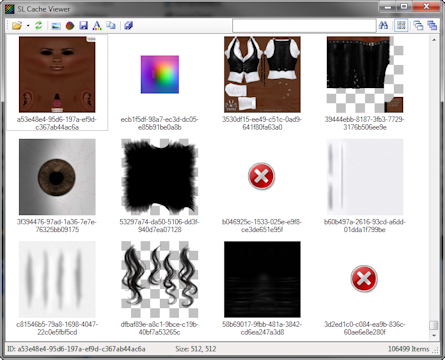
For more information see "OPS_ADMIN_GROUP" on page 1-86 and Oracle8 Parallel Server Concepts and Administration. The GV$ views can be used to return information on groups of instances defined with the OPS_ADMIN_GROUP parameter. Retrieves the information from the V$ views on instances 2 and 5. SELECT * FROM GV$LOCK WHERE INST_ID = 2 OR INST_ID = 5 The INST_ID column can be used as a filter to retrieve V$ information from a subset of available instances. The INST_ID column displays the instance number from which the associated V$ view information was obtained. In addition to the V$ information, each GV$ view possesses an additional column named INST_ID with type integer. In a parallel server environment, querying a GV$ view retrieves the V$ view information from all qualified instances. For each of the V$ views described in this chapter (with the exception of V$CACHE_LOCK, V$LOCK_ACTIVITY, V$LOCKS_WITH_COLLISIONS, and V$ROLLNAME), there is a GV$ view. In Oracle, there is an additional class of fixed views, the GV$ (Global V$) fixed views. Warning: Information about the dynamic performance views is presented for completeness only this information does not imply a commitment to support these views in the future.

Views that read data from disk require that the database be mounted. Suggestion: Once the instance is started, the V$ views that read from memory are accessible. The dynamic performance views are used by Enterprise Manager and Oracle Trace, which is the primary interface for accessing information about system performance. Database administrators or users should only access the V$ objects, not the V_$ objects. Public synonyms for these views have the prefix V$. You must run CATALOG.SQL to create these views and synonyms.ĭynamic performance views are identified by the prefix V_$. The file CATALOG.SQL contains definitions of the views and public synonyms for the dynamic performance views. These views can be selected from, but never updated or altered by the user. These views provide data on internal disk structures and memory structures. These views are called dynamic performance views because they are continuously updated while a database is open and in use, and their contents relate primarily to performance.Īlthough these views appear to be regular database tables, they are not. The Oracle Server contains a set of underlying views that are maintained by the server and accessible to the database administrator user SYS. View Descriptions Dynamic Performance Views.The following topics are included in this chapter:
#SL CACHE VIEWER X OBJECT DOWNLOAD#


You should see slow texture loads, as all textures should have to re-download.The objectcache folder should be ~3KB and the texturecache folder should be about 8 bytes. The files should have modification dates close to the current time (they should have been created on viewer startup). All files should be gone, except for .# and .# and 2 folders. You should see a dialog saying "Cache will be cleared after you restart Second Life".From the login screen, open Preferences -> Advanced.Launch Second Life again, but don't log in.slc files (object caches, one per region), one name.cache file, one .# file, and one .# file. inv files (inventory cache for my inventory and library), at least two. Open the cache directory, now in Documents and Settings//Application Data/SecondLife/cache.Run Second Life normally, login, wander around in two regions.Goal: This script will test the Clear Cache button in the preferences


 0 kommentar(er)
0 kommentar(er)
